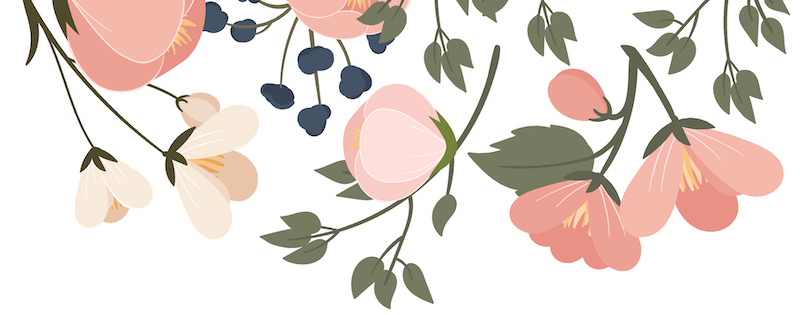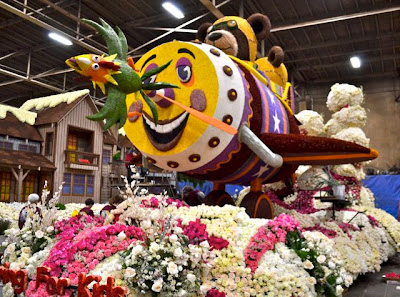The "Letraset" AquaMarkers are markers with a water based acid free pigment ink.
The list price for one marker is $2.75 . They are also sold in a set of twelve colors for $29.95. A google search found several great deals on these markers, so the price can vary according to the retailer.
This AquaMarker Set includes 12 markers with the added bonus of ProMarker Blender pen. These water based pigment inks are very vibrant. The colors in this kit are:
- Flame Red
- Sepia
- Gold Ochre
- Straw Yellow
- Bamboo
- Celery
- Fern Green
- Aquamarine
- Twilight Blue
- Royal Purple
- Rose Carmine
- Lamp Black
The kit also includes a handy guide that gives hints on how to:
- blend with water
- achieve colour graduations
- a handy color chart
- how to use the blender marker
- what types of paper work best with the markers
- brief description of the nibs
The AquaMarkers have double nib tips like the other line of markers that Letraset carries. However, these come with a fine tip nib on one end and
medium brush like nib on the other end.
These two nibs can be used to create a variety of effects with the inks. The fine nib is used for drawing and small areas.
The medium brush like nib, is for filling in larger areas.
Because the inks blend easily, you can achieve similar effects to watercolor paints with color tone and washes as you would traditional water colors. You can also soften the bright pigmented colors by adding water with a paint brush or
You can blend the colors by using either the ProMarker Blender or a water brush pen filled
Waterpen
|
with water. This can be done without leaving a hard edge which can be a problem with some of the water color pens on the market today. The colors can even be blended after they have dried.
The manufacturer recommends using a hot pressed watercolor paper. Since all that type of information in available on their website, I decided to test the markers on cold pressed watercolor papers to see what type of results I would get.
Here are the results I got:
1. The first paper I tried was "Canson" cold press 140lb fine grain paper (XL Series).
The inks worked well with that paper and spread without any problems. Here is what the project looked like.
2. The second paper I tried was Strathmore Watercolor cold press 140lb paper from the 300
Series. I got a fairly decent watercolor effect with these, but I did have to wet the paper a lot.
Here is what the project looked like with this paper.
3. The third paper I tested these inks on was Biefang Watercolor 140lb paper by Speedball.
The color soaked into the paper. The best way to work with this paper was to wet it well first,
and then add the inks (working quickly before it had a chance to soak in again). I would not
recommend using these inks on this paper.
4. The fourth paper that I tested the inks on was Arches Watercolor cold press 140lb
fine grain paper. The inks spread well using just the brush (wet with water).
It was an easy paper to work with and the inks were easy to control just by controlling the
amount of water I used to create the watercolor wash effect.
5. The fifth and final paper that I tested the inks on was Strathmore watercolor cold press
140lb paper (400) series. Once again, I encountered no issues. The watercolor wash looked
great and was easy to do on this paper.
I should point out that getting the stamped image to come out dark was a bit of a challenge. The Staz on ink virtually sunk into the paper and faded out a bit. I had to go over the stamped images with the Aquacolors to get in dark enough to photograph.
Anyway, the first project which was a tag worked well for testing out the inks on cold press paper.
First Project - Tag
|
First Project - Tag
First Project Supplies:
- Letraset AquaMarkers (Aquamarine, Twilight Blue, Straw Yellow, Flame Red, Bamboo, Fern Green, Lamp Black, and Gold Ochre)
- Rubber Stamp
- Staz On ink pad
- brush pen filled or a clean paint brush
- heavy weight watercolor paper
- water
Instructions:
1. Stamp image with staz on. Heat set or let air dry.
2. Then using a paint brush that has been dipped in water, brush it across the image. Be careful of how much water you use, because it could buckle the paper and affect the finished product.
3. This will help to blend the inks for your wash.
4. Take the marker and brush in the image. Then using the wet brush, you can blend it out.
5. Then just add color to achieve the finished product.
For the second project, I decided to demonstrate how to do a "Watercolor Wash" with these inks. A warning on the video below, it is shot with an iphone and we were having technical issues in getting the screen to work right. However, it will work enough for you to get the idea of how easy these markers are to use.
The project came out looking like this.
Another plus, is the fact that since the AquaMarkers are a pigment ink, they can be directly applied to rubber
stamps. An experienced rubber stamper friend of mine told me to work fast and to blow on the inked stamp, for some reason the moisture from one's breathe keeps the ink moist. .
The ink will not stain the stamp, if you clean the stamp immediately after using it. I used this stamp and applied the ink directly to the stamp to decorate this pillow box.
The Letraset AquaMarkers are very versatile and fun to work with. Additionally, the Letraset website states that the Aqua Markers ink are acid free, so they are considered to be safe to use in your scrapbooking.





































































































